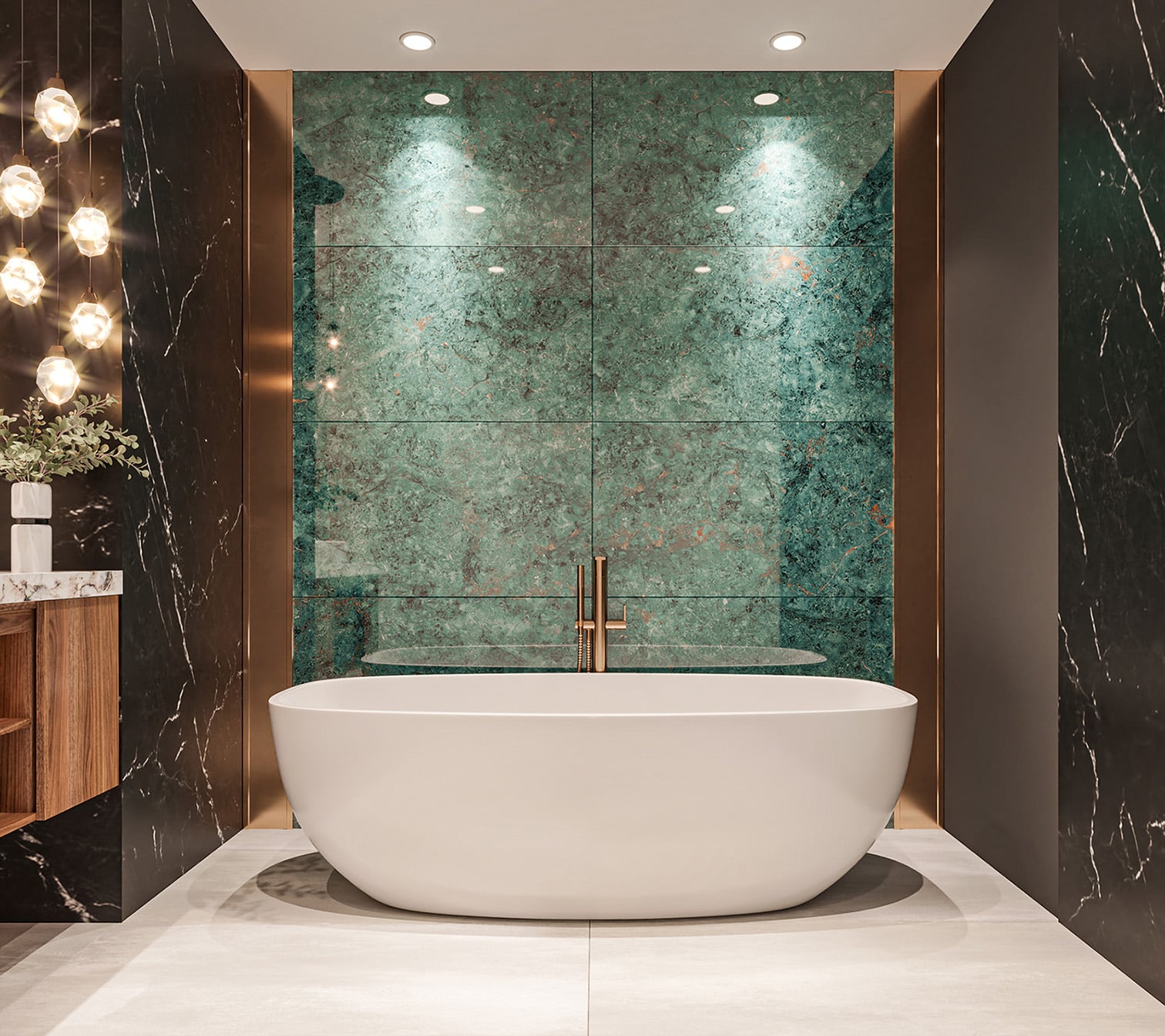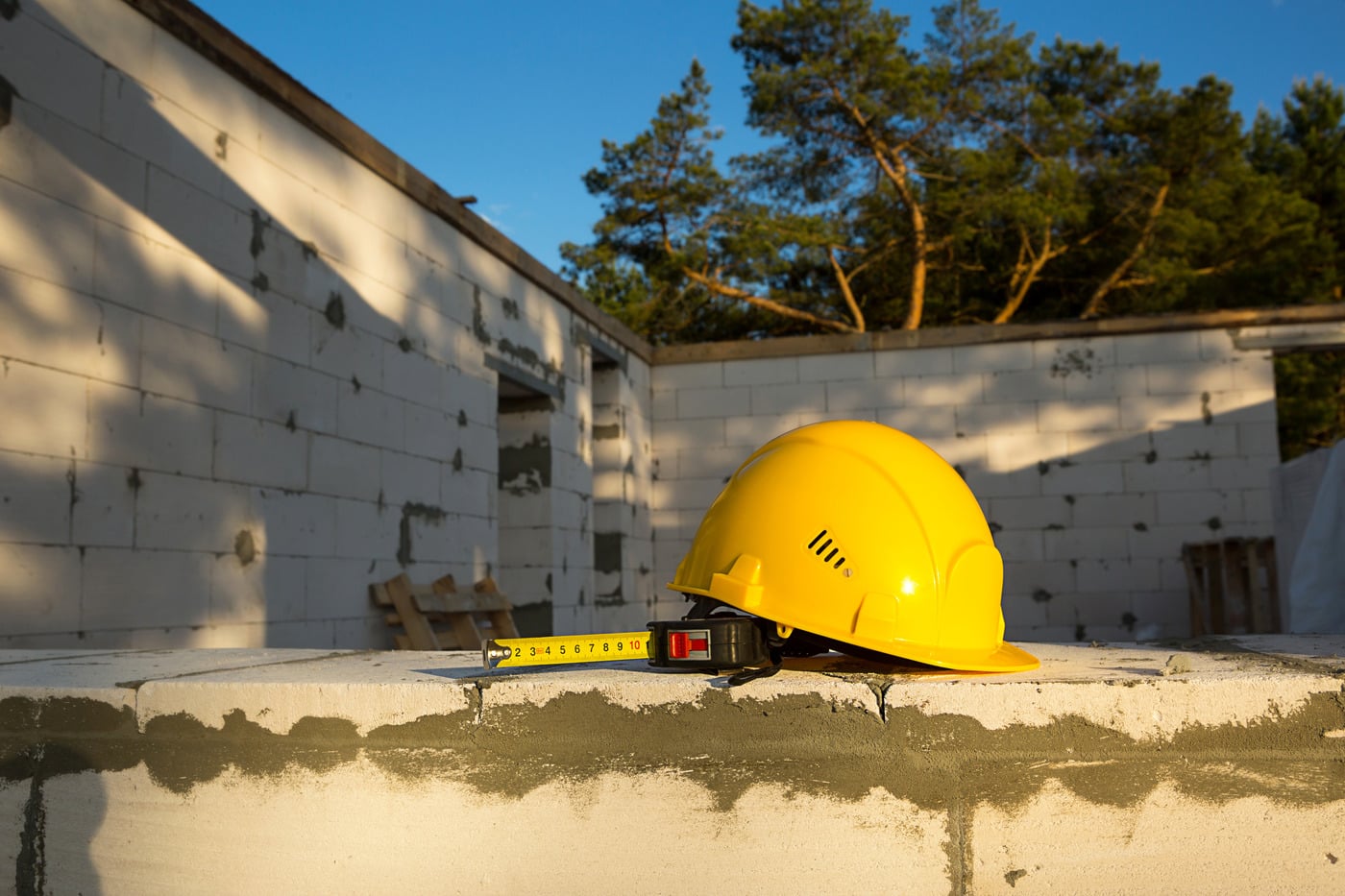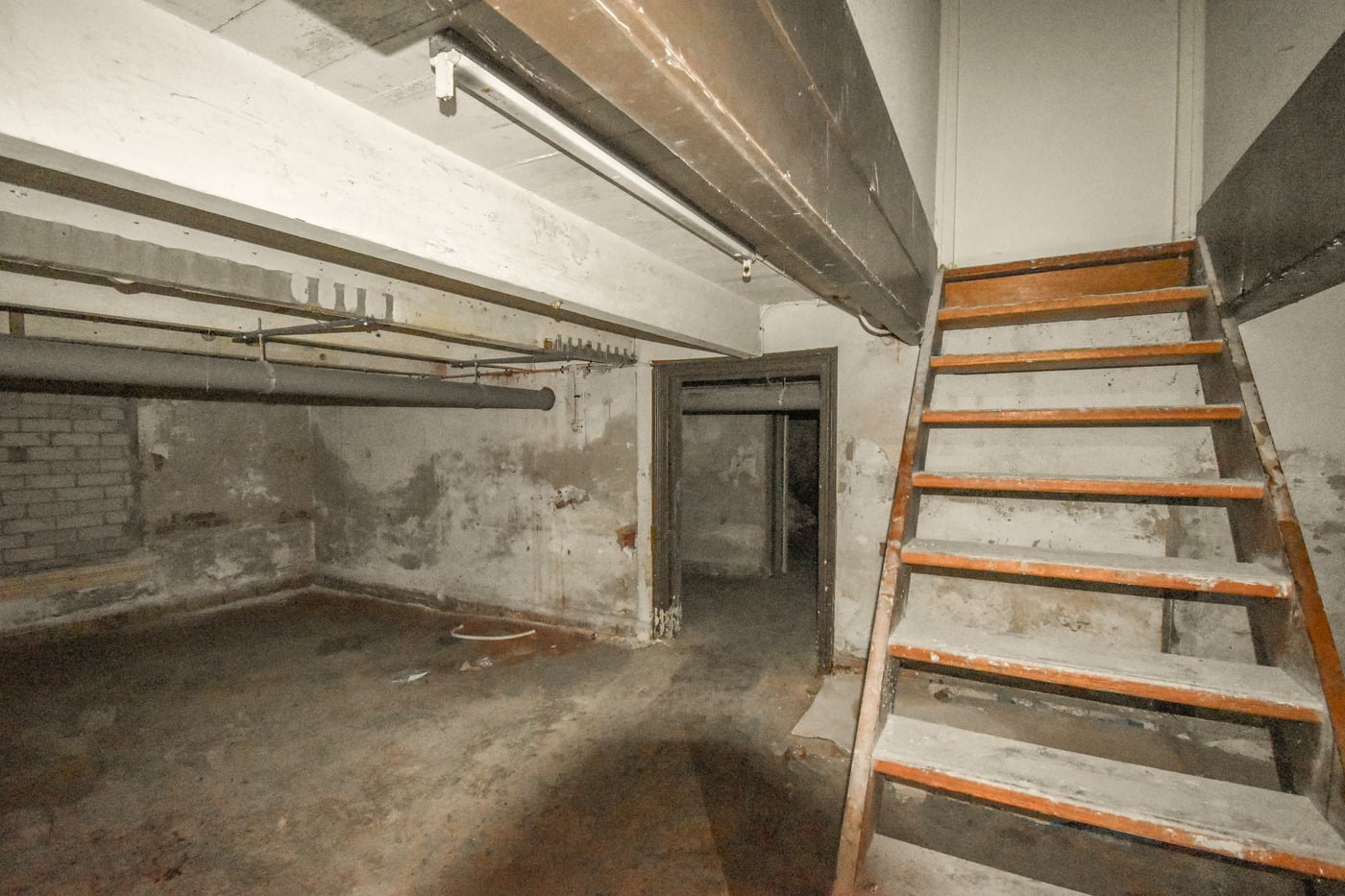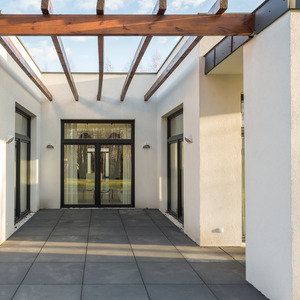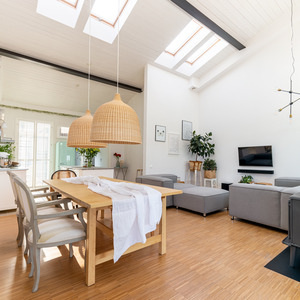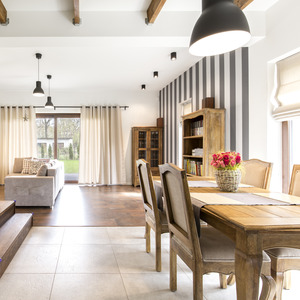Has your basement started to turn into quite an unwanted swimming pool? The saturation near your basement walls is not only annoying, but it’s also a matter of concern for the foundation and the residents’ health.
The best news? Basement waterproofing: is the best approach to use inside & outside methods to solve one problem, which is the reason for the room becoming wet. Regardless if you are having minor seepage or a major flood, there is a solution that will meet your requirement.
We, in this comprehensive guised report, talk about 5 professional-grade waterproofing techniques that have proved to be perfect pansy house into dry, usable spaces. Your house will be made to be water permanent through these methods which include the use of appropriate drainage systems, and the proper application of a membrane.
Are you set to get rid of the smells of mold and the excessive water damage, and therefore, vastly improve your basement that will be in off the best condition for many years? Let’s concentrate on some things that we can do to fix this basement problem.
Key Takeaways:
- Interior and exterior waterproofing techniques work together to create a comprehensive moisture barrier, addressing both existing problems and preventing future water damage.
- Professional-grade solutions like waterproofing membranes and proper drainage systems provide long-lasting protection against hydrostatic pressure and water seepage.
- A combination of methods, including sump pumps, French drains, and waterproof coatings, can effectively combat various moisture issues, from minor seepage to major flooding.
- The handling of basement water troubles starts with finding and treating the main reason, not just fixing visible signs.
- The correct waterproofing can not only rectify wet basement problems but also secure your house from foundation problem, stop mold growth, and produce a safe environment for you to live in.
Signs Your Basement Needs Waterproofing
Visual Warning Signs
Identifying basement moisture problems early is crucial for preventing extensive damage. Be observant of water stains or discoloration appearing in walls and floors as they are signs of water seepage. Either peeling paint or bubbled siding are your home’s surface symptoms that moisture is over your basement surfaces.
White, chalky deposits known as efflorescence often appear on concrete or brick walls when water evaporates, leaving behind mineral deposits. This powdery substance is a clear warning that your basement walls are being breached by water.
Mold and mildew growth, particularly in corners or behind furniture, is another clear indicator. These fungi are the result of dampness, and thus the problem will not be solved unless moisture issues are confronted.
Environmental and Structural Indicators
The musty smell is one of the environmental signals of basement moisture troubles. This peculiar odor is produced when mold and mildew start growing in humid areas, even though they are not seen.
High humidity levels in your basement can cause condensation on windows, pipes, and other surfaces. In case you feel water, it is the time to look for waterproofing options.
Warning signs of structural problems are like cracking in walls or floors, and mostly if they are wider than 1/8 inch. The said cracks are gateways for water to leak in, especially at the time of heavy rains or snow melts. The walls that are bowing or buckling have got to do with some real structural defects mostly caused by hydrostatic pressure from the water-saturated soils.
Keep in mind that the presence of standing water or a wet basement in certain areas after a rain suggests that your house is not properly graded or drained with water. Check your basement after heavy rains to see if the water is coming in.
💡 Key Takeaway: Look for the cues such as water marks, efflorescences, and mold growth, besides warning factors like bad smells from the basement and moist temperatures – these symptoms are signals that your basement waterproofing needs by the professionals.
Primary Preliminary Measures
Surveying and Identification of troubled Areas:
Prior to starting any waterproofing projects, the first and foremost step should be the thorough inspection of a basement. To kick off, have a look at the walls and floors to check for the tell-tale marks of water damage such as water stains, efflorescence (puffy white stains), and the presence of leaks. It would be great to give consideration even so that the corners and joints will be included in the investigation as well as the areas around the pipes or windows getting flowed in water.
Developing the use of a moisture meter to look out for hidden moistness on walls and floors is another great way. This instrument provides the possibility of identifying the problematic spots that the human eye cannot detect. Take pictures and note your findings so that no issues are missed during the wet-proofing process.
Cleaning and Surface Preparation
An important factor in the application of waterproofing is the presence of a clean surface. Initially, try to scrap off the paint, dust, or efflorescence using a wire brush. To address efflorescence that won’t lift off easily, utilize an etching solution that’s made particularly for the purpose of destroying mineral deposits. Get rid of all the rest of the dust and debris by vacuuming thoroughly or sweeping.
The presence of mold is being combated with cleaning that is proper and ensuring the entirety of the environment is dried. If needed, apply a dehumidifier to reduce the level of moisture. Use hydraulic cement to fill all crack areas and cavities which allows the appropriate curing time before finishing the waterproofing.
The wall should be tested for pH levels and a moisture scan to ensure your material reacts as it is supposed to be. The wall should be alkaline a little bit (pH in between 6-8) and its moisture less than 15%. These settings make sure the water repellent contents adhere properly and the results last longer.
Don’t forget to protect any nearby furniture, floors, or things from the cleaning solutions or waterproofing materials. Cover these areas securely by using the plastic sheeting and a painter’s tape.
💡 Key Takeaway: Waterproofing the basement effectively means getting a complete inspection for the water damage, followed by a thorough cleaning and surface preparation that leads to a concerted application with long-term results.
Interior Waterproofing Method
Interior waterproofing techniques are water remediation methods for homeowners, who face the issues of moisture in the basement. These techniques are focused on preventing the water that gets inside your foundation walls from leaking or flooding you. This practical first line of defense is worth looking into, as we can also equip water management systems to help us manage water penetration.
Waterproof Coating Application
The application of waterproofing is probably the most basic method of interior waterproofing walls. These manufacturing products provide effects on overall strength and durability, keeping moisture from penetrating the structure. Before applying the coating, make sure the wall surface is clean, dry, and free from debris.
Using a wire brush is the first step in the process, to get rid of the loose material and efflorescence. The procedure starts with the application of the formulation using a brush or roller, in chopped pieces so that it can be coated evenly. Most coatings need more than one application for maximum protection, with the right drying period between one and the next.
For a satisfactory result, it is very important to have good ventilation during the application and then wait for each coat to cure completely. This normally requires a time span of 24-48 hours, depending on the moisture level and temperature of the room.
Interior Drainage Solutions
Water that seeps through foundation walls and can get out of it, is the issue solved by the proper installation of interior drainage systems. This kind of approach consists of the moulding of a slot round the basement’s perimeter to collect and funnel water to a sump pump.
The job is done by laying the newly made conduit around the perimeter of the support structure to be a water collection zone and send the flow to a sump pump. Concrete shall firstly be et by breaking up the concrete floor along the walls. After that, the pipe is inserted in a bed of gravel with proper angle and distance to make it the best water filter. The connection should be waterproof and to a pump that automatically activates when a lot of water is pumped out of the house and the water can be placed far away safely from your foundation.
Include some essential features when it comes to evaluating the efficiency of peripheral draining your house:
- Size of a sump pump that is appropriate
- An emergency allowing the pump to work even without power backup system
- Flooring materials that are resistant to moisture
- Proper slope for water to flow
- Regular maintenance checks
💡 Key Takeaway: Waterproof systems that work through interior approaches incorporate a “membrane” (a unvarying layer) to the walls of a basement, and provide a drainage system to the foot of the walls. This techneek gaurntees that your basement will be protected from water. Appropriate installation and maintenance are requisite for a waterproof basement and durability.
Exterior Waterproofing Technique
In the first place, exterior waterproofing is considered as a collection of techniques that address the causes of basement moisture particularly in the outer walls of the foundation. This is the method that firstly, blocking water dissolved salts and, secondly, using a French drain are included in to prevent superficial water and meltwater from causing the basement wall to get wet.
Excavation and Wall Preparation
The initial phase is correctly removing the soil from near the foundation walls. This particular step is quite complex and calls for a set of skills form an expert to achieve the required level of stability. Bolstering, regrading, and restabilizing the home’s foundation are first and most important in the list of things to do. If exposed, the walls are cleaned and checked they are intact with no cracks, or other types of damage that can be fixed.
After power washing the wall for removing dirt and debris, our team uses hydraulic cement to cover any cracks. Moreover, it would not be advisable to apply waterproofing to the surface when it is still wet.
Membrane Installation Process
The next step, after the preparation has been completed, a waterproof membrane is laid down in order to make the wall waterproof. Today, there is even more advanced waterproof membrane, which is made of polymers or modified bitumen. The materials that these membranes are made of are water-resistant and hard-wearing.
The membrane is rolled out and fastened carefully by workers who confirm that it covers the wall surface right from the bottom through the top of the grade level. The most detailed work is spending on the corners, joints, and penetration points. These are the places where water is ‘most afraid’ to enter a constructional structure.
To protect from backfilling, a drainage board is placed over the membrane and between the footer drain that also transports water to be located. This includes the perforated pipe, which will suck and redirect water away from the house.
The last step is the filling up of the excavations and proper soil grading to make sure the water is not standing at your foundation. This method forms the outer part, thus at first, it demands much more effort but on the other hand, it gives a long span of protection against the infiltrated basement water.
💡 Important idea: The external waterproofing, hereby creates a barrier to moisture by removing soil, membrane attachment, and a well-designed drainage system providing a basement all-inclusive solution to water issues.
Professional Channel System Installation
Professional channel system installation is a great treatment method for resolving basement water problems. This special water drainage system step includes the installation of water drainage technology specifically positioned around your basement walls in a form of a trench that is not very visible.
Components and Materials
The system comprises of sturdy plastic channels, connectors and drainage ports. The channels are made specifically to catch the water coming through the basement walls before it gets to your floor. The system also features a vapor barrier which ascends the wall, thereby providing extra protection against seepage of moisture.
Installation Process
The first professional step is to dig in a narrow trench all along the borders of the basement. The channel system is in that case position frugally with respect to the required incline for water to be directed from the area. Careful and skillful installation process is fueled by proper corner and joint treatment where, besides that, appropriate connectors are used to scan the system and rectify any equipment malfunctions. The installing team links the channels to a sump pump system, thus ensuring both the collection and recycling of water from your basement are done in the most efficient way.
Benefits of Professional Installation
Employing the services of professionals for the installation of a channel system guarantees that the following are dutifully executed:
- Implementation of high drainage from the channel to ensure proper flow of rainwater
- Proper joint and connection sealing, etc
- Compatibility with the existing waterproofing system
- The usage of professional-grade material
- That the warranty for workmanship on the installation will be applied
Maintenance Requirements
The drained pipe, when newly placed, should need much attention almost as soon as it is installed, but it is actually very easy maintenance. This involves a weekly or so inspection of the drainage ports, as well as a periodic cleaning of debris, to keep the system running effectively. It is a suggestion to hire a professional for an annual inspection to which it will be the opportunity to check if the system is working and point out the earlier potential problems.
💡 Key Takeaway: Professional channel system installation provides a reliable, long-term basement waterproofing solution through expert implementation of specialized drainage components and proper integration with existing systems.
Maintenance and Long-term Care
For a dried basement, it is essential to wash and coronate the construction waterproofing on a regular basis in order to avoid dampness. Once a waterproofing system is well-protected, it can last longer and save you from future costs.
Regular Inspection Schedule
Inspect your basement for cracks, leaks, and other issues so that you can fix them as soon as you notice them. A great helpful tool is to keep a record of everything you discover and/or worry about.
Cleaning and Upkeep
Dust and waste are the two most common elements that can be found in your basement, so you must regularly cleanse it. Make up for the lack of natural ventilation by using a dehumidifier that keeps the humidity in the house at the right level, that is 30-50%. To evade the accumulation of water in and around the house, it is recommended that you clean the gutters and downspouts twice a year.
Preventive Measures
It would be a good idea to do the grading of your own property so that the water sheds along from your foundation. Be sure that the slope is at least 6 inches over 10 feet when you do the maintenance. Check for and fill in foundation cracks before water penetrates the wall.
Professional Maintenance
As a homeowner, you should arrange professional inspections of your underground waterproofing system once per year. The professional can easily detect any problems that might occur later on. They can as well, do a checkup for your sump pump, drainage system, and foundation walls to ensure that everything is in good condition.
Quick Response to Issues
Move quickly to address any water-related challenges as soon as they arise. Sometimes the small problems can add up to the big ones if a person is not careful. It often helps to have the number of the waterproofing pros on hand so that you are prepared for emergencies.
💡 Key Takeaway: Regular inspections, right cleansing, prompt fixing are the most essential means of keeping the waterproofing system still functional and moisture problems away in the long run.
Cost Considerations
Average Waterproofing Costs
Basement waterproofing is done in most cases with the range of costs typically from $5 to $10 per square foot, depending on the method used and the severity of the problem. If you have a 1000 square feet surface to cover, the typical waterproofing budget will be between $5000 to $10000 for labor and materials.
Factors Affecting Price
Several factors contribute to basement waterproofing cost:
- The degree of water damage can determine the cost.
- The size of the basement is another factor that determines the cost.
- The material and the waterproofing procedure the contractor selects are key factors in the cost of the service.
- The labor costs are determined by the local rates, while the materials are determined by the scarcity of the work area.
- Costs of material can also play a role in the total of the cost.
- Accessibility of the work area plays a significant role in altering the cost, so be careful to check on that aspect.
Cost Breakdown by Method
Interior waterproofing techniques such as applying sealants and waterproof coatings are generally more cost-effective options, with prices in the range of $500 to $2,000. Outside waterproofing, which includes the excavation of the foundation and other groundwork, is an expensive service due to the hard labor with the cost ranging from $10,000 to $20,000.
Long-term Value
Although basement waterproofing requires a considerable initial investment, it provides incredible long-term benefits like:
- Keeping you away from expensive water damage repairs
- Zoning in on the main objective of storage and keeping the indoor spaces finished and protected form water damage.
- Adding property value through home improvement projects will be one of the benefits.
- Reducing energy costs with better moisture control will be another one of the prognosis.
- You will have a reduced chance of mold-related illnesses.
Cost-saving Tips
Do the following to stay within the waterproofing budget:
- Solve problems as soon as you notice them
- Ongoing care of the drainage system, maintaining it by topical applications is an activity that can go along with this procedure
- The first alternative you should consider is fixing smaller problems on your own.
- Consult and get multiple contractor quotes
- Doing it during off-peak times will help you get the work done quickly and efficiently
💡 Key Takeaway: The cost of basement waterproofing ranges from $5-$10 per square foot, with the choice of a particular method as well as the severity of the damage
Conclusion
A moisture-free, healthy basement it is possible for you to get with these effective waterproofing systems that are researched and approved. And how can you make this happen? It’s simple, use a two-fold technique of the combination of interior and exterior behind the walls, from a good drainage system to a waterproofing membrane and have fight hydrostatic pressure effectively and alleviate most of the time water damage on your foundation walls.
It’s worth noting that the reason why basement waterproofing projects mostly fail is because most people only concentrate on taking care of immediate problems and completely neglect preventive measures. These are the top – level methods of waterproofing that can be used to fix all your water leaking problems or your chronically wet basement problems that professionals use for this purpose. It is very important to also look at the proper installation steps in the case of any of these methods and always get an expert to help you install those methods well.
One thing you can do to preserve the health of both your house’s foundation as well as your family is to be an upfront and pro-active decision maker. Get the ideal foundations fixed and keep your people healthy at the same time. It is such an easy but efficient way of evaluating these cases and then resolving the most important waterproofing techniques If a regular and correct mix of these methods is done then, you will have a liquid-free basement for a very long time.
FAQs
How long does basement waterproofing typically last?
A properly installed basement waterproofing system can last between 20-30 years and even more. One important thing is that the performance of it is significantly affected by such factors like the quality of the installation, the method used, the type of soil, regular maintenance of the foundation, and soil composition. In some cases, drain systems inside the house may require attention earlier than waterproofing done from the outside.
What are the signs that indicate my basement needs waterproofing?
The signs you can recognize are the musty odors, water stains on walls, efflorescence (white powdery deposits), peeling paint, mold growth, or standing water. High humidity levels, dampness after rain, and rust on metal objects are also indicators that your basement needs waterproofing treatment.
Can I waterproof my basement during winter?
Interior waterproofing can be done year-round, but exterior waterproofing is best performed during warmer months. Cold temperatures can affect material curing and make excavation difficult. For best results, schedule exterior waterproofing between spring and fall when the ground isn’t frozen.
How much does professional basement waterproofing cost?
The cost varies depending on basement size, waterproofing method, and severity of water issues. Interior waterproofing typically ranges from $500-$3,000, while exterior waterproofing can cost between $3,000-$10,000. Complex systems with sump pumps and french drains may cost more.
Will basement waterproofing increase my home’s value?
Yes, waterproofing your basement can significantly increase your home’s value. It prevents structural damage, improves indoor air quality, and creates usable space. A dry basement is a major selling point, often providing an ROI of 30% or more on waterproofing investments.
How often should basement waterproofing be maintained?
Regular maintenance should be performed annually, including inspection of waterproofing systems, cleaning gutters, checking sump pumps, and examining wall cracks. After heavy storms, additional checks are recommended. Professional inspections every 2-3 years help ensure lasting protection.


